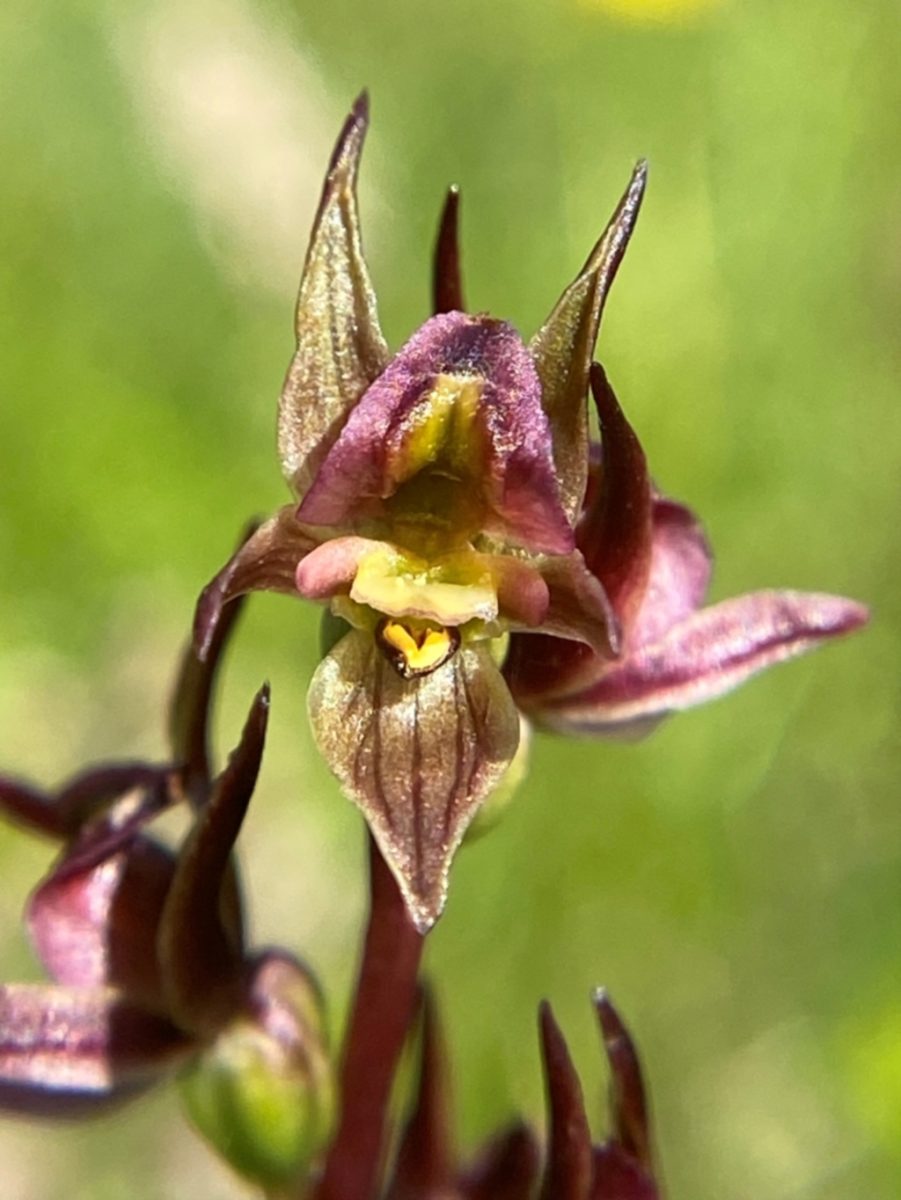
This image of a Tawny Frogmouth Owl won the top prize in the Canberra Nature Map Photographic competition. Photo: Trevor Rix.
A remarkable image of a Tawny Frogmouth Owl by Canberra photographer Trevor Rix has won the 2023-2024 Canberra Nature Map’s Photo Competition.
As well as taking out the title of overall winner, Mr Rix’s photographs won several other categories, including for his image of a Yellow Footed Antechinus (Antechinus flavipes).
The photographs, which join over 250,000 images on the online NatureMapr platform, comprise a comprehensive pictorial field guide of Canberra’s rich nature, from flies to fungus, goannas to gum trees.
More than 20 images from the competition are now on display at the CSIRO Discovery Centre in Acton.
It’s a timely good news story for NatureMapr, Canberra’s home-grown Citizen Science app which, as of this week, can be used nationwide.
Now considered Australia’s expert-verified citizen science platform, it means the identification of plant and animal sightings is done by expert moderators, leading to reliable data. This includes the Eucalypt health surveillance projects for the ACT, the NSW Southern Tablelands and the NSW South Coast.
Canberra Nature Map administrator Dr Michael Mulvaney said the photographic competition illustrated the great beauty and diversity of the Canberra region’s natural environment.
“The purpose of the competition was to encourage people to place their stored images and social media postings of our region’s wildlife on a site where their conservation, educational and research potential can be realised,” Dr Mulvaney said.
He said the Nature Map provided access to 66,000 animal vertebrate image sightings and 1.5 million vertebrate records. These included more than a million records from the Canberra Garden Bird Survey.
“The Yellow Footed Antechinus, photographed by Trevor Rix, is a good segue to our data. Access can be found to historical records of this species, which appears to have become extinct in the ACT around 1990, with recent records all coming from the Yass region,” he said.
Dr Mulvaney said the capital region’s natural beauty and the skill of Canberra’s amateur photographers came to the fore in the exhibition, from Namadgi sunsets on the Alpine Sunray to the capture of a butterfly by a praying mantis.
“There are striking details in the emergence of a leaf hopper adult from the nymph stage, and the darker colours of the Veined Sun-orchid are exquisite,” he said.

Ciaran Ernst-Russell won the best photograph in the youth category for this image of a summer leek orchid. Photo: Ciaran Ernst-Russell.
“It’s an exhibition to inspire joy and wonder. Digging out those past images that are just sitting around on the computer or smartphone when shared can mean so much to fellow residents and local conservation.”
He also thanked Trevor Rix for donating the proceeds from the sale of his photographs to Canberra Nature Map.
Best image by a youth went to Ciaran Ernst-Russell for Summer Leek Orchid, which was found in Namadji National Park.
From age 14, Ciaran has been identifying the plant images lodged by others on the Canberra Nature Map. Initially mentored by botanists Betty Wood and Dr Mulvaney, his expertise grew rapidly, and he is now a plant moderator.
Other winners of this year’s competition include Amie Lording (Blue Banded Bee), Sharon Woods (Angled Heath), Mark Jekobson (Eastern Grey Kangaroos), Jim Smith (Eastern Quoll), Chris Blunt (Eastern Rosella in hollow), Helen Cross (Mantis with butterfly), Michael Quinn (Scarab beetle), Matthew Frawley (Hoary Sunray) and David Moore (Bathurst Copper Butterfly).
Twenty-three framed photographs of the competition winners and finalists are on display at the CSIRO Discovery Centre, Acton, until 27 June 2024.
Original Article published by Sally Hopman on Riotact.

